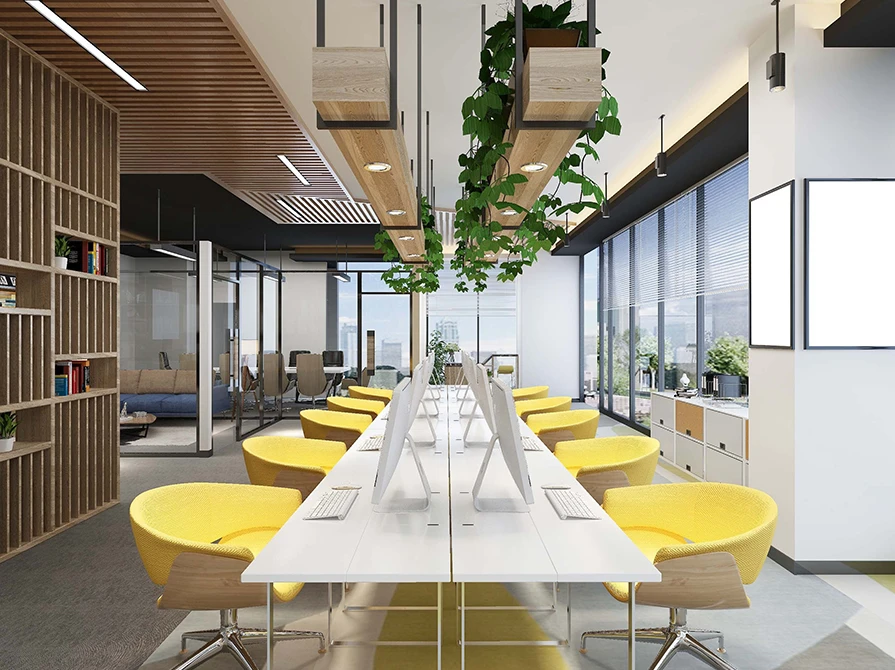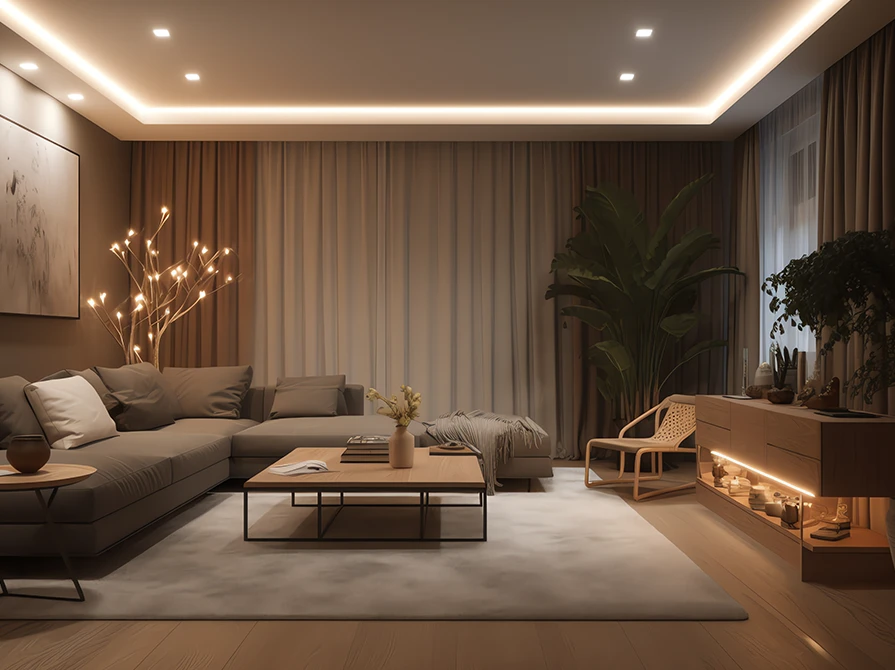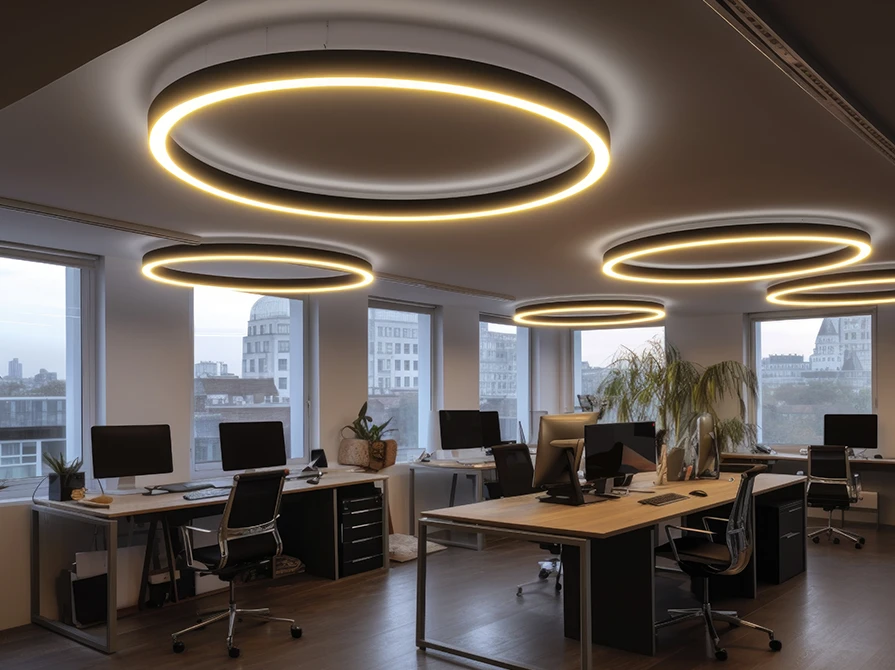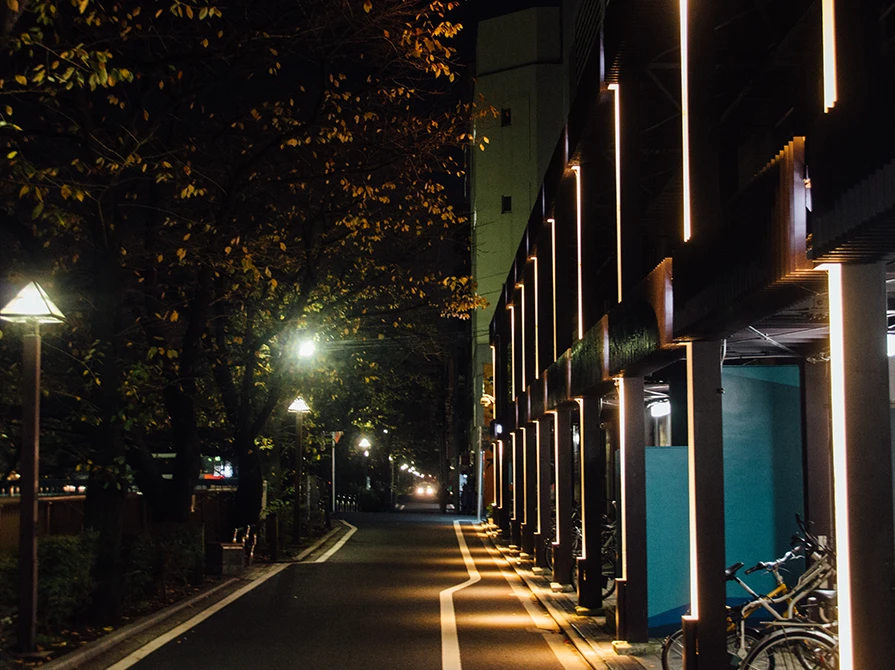

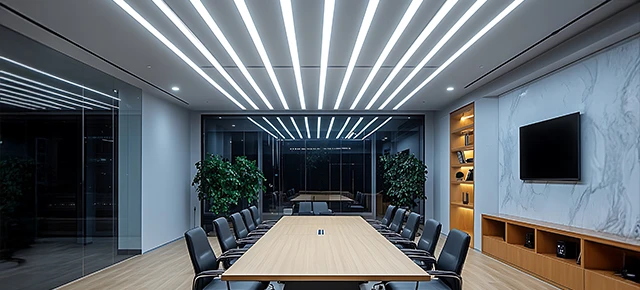
One of the most significant factors that can influence consumer behaviour is atmosphere perception. Lighting influences the atmosphere and hence plays a crucial role in retailing. It also acts as a communication tool that has the potential to provide cues on store images. This is the reason why several brands take into consideration the effect of lighting on atmospheric perception while designing stores.
In the past, the lighting designs were primarily focused more on some of the functional aspects like visual comfort and visibility. However, with time the psychological effects of lighting on feelings and experience is becoming a subject of attention for the consumers. Thus, several LED lighting manufacturers adjust the distribution (diffuse/directional), intensity (high/low), and shade (cool or warm) of the light in order to complement the psychological behaviour of the occupants.
An appealing store not only influences consumer behaviour and lure them into buying a product but also enhances their shopping experience. Customers who are pleased with the lighting may lead to behavioural reactions like increasing/decreasing the time spent in the store, revisiting, or purchasing items.
One must be aware that light can have a strong influence on mood. Several studies conducted over the years have shown that lighting can enhance or discourage productivity, openness, and creativity.
According to the research done by Xun (Irene) Huang, Ping Dong, Aparna Labroo and Dorothy K Sit at the Kellogg School suggested that people feel less connected to others in the dark. However, they are more likely to opt for more indulgent, decadent, or “hedonic” options. The research also suggests that dim and dark lighting can inspire consumers to:
● Shop for items at a lower pace
● Underestimate portion size
The impact and power that lighting has over the choices that consumers make means that it can be manipulated throughout the space to nudge people in one particular direction or another. Moreover, it also helps shape the impression consumers have of the brand.
Whether the store should have dim or bright lighting, ultimately depends on the product or service the store is offering. It is advisable to consult with an expert before deciding which lighting design will suit the place, brand identity, and budget.
| Type of Lighting | Dim Light | Bright Light |
| Behavior it ignites | ● Pleasure seeking, Impulsive ● Larger and indulgent purchases ● Creativity ● Slower shopping ● Self-authenticity ● Understanding portion size | ● Customers opting for more products ● Practical choices ● More productive ● Heightened emotion ● More mindful purchases |
| The impression it creates | ● High quality and expensive ● Luxurious ● Relaxed, calm, and intimate | ● Lower price ● Healthy and natural ● Big space |
In the end, the store’s ultimate goal and strategy depend on the products and services it has to offer. For instance, restaurants often integrate their indoor lighting solutions with dimmers in order to make them more functional and controllable. On special occasions, they opt to dim the lights during dinner which makes couples feel more romantic.
So before making any decision consider all the points mentioned above.
